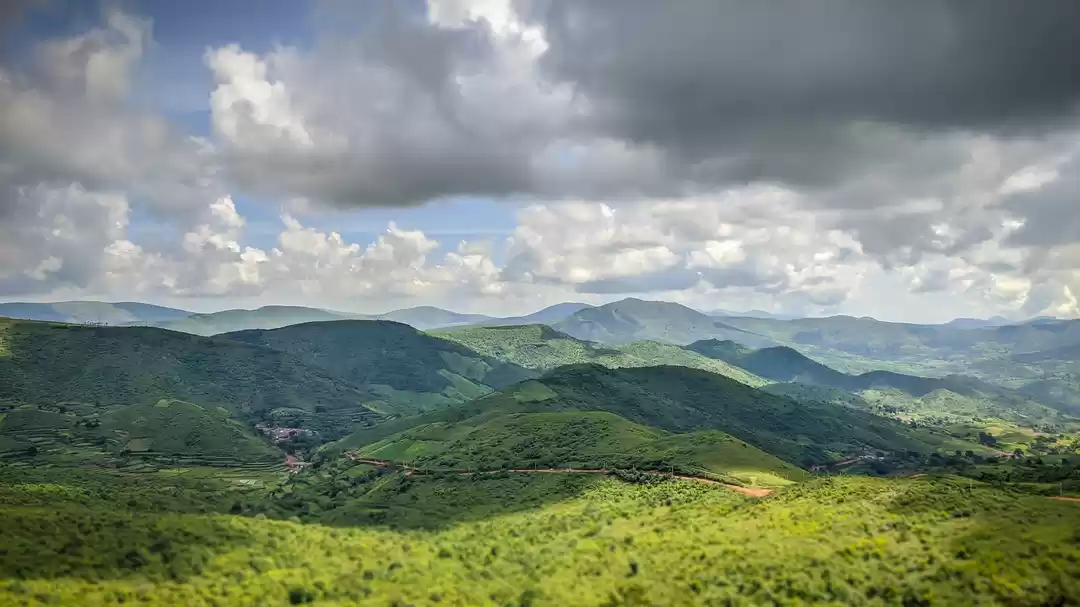
Odisha, a state in eastern India, is a treasure trove of natural beauty and cultural heritage. But there is more to this land than meets the eye. Beneath its surface lies a rich legacy of Buddhist art and history, waiting to be unearthed.
Recently, archaeologists have unearthed a stunning sculpture of an elephant, dating back to around 2,300 years ago, near the Daya River Valley in Puri district. The elephant, carved from a single rock, is a majestic guardian of a Buddhist site. It symbolizes the sacred bond between Buddhism and elephants, as seen in various scriptures and legends. Read on to find out more!
The Elephant and the Buddha: A Sacred Bond
Elephants are revered animals in Buddhism, as they symbolize wisdom, strength, compassion, and loyalty. According to the Jataka Tales, a collection of stories about the Buddha’s previous lives as a Bodhisattva, he was born as an elephant several times. The Buddha also praised the virtues of elephants in the Udana, a Buddhist scripture that contains his heartfelt sayings.

He said, “In the quiet solitude of the forests, the spiritual giant finds solace, as does the mighty elephant.” The legend also goes that Lord Buddha, in his previous births, was incarnated as an elephant.
The Rock-Sculpted Elephant: A Rare Find
The elephant sculpture discovered by the Indian National Trust for Art and Cultural Heritage (INTACH) in June this year is a remarkable example of ancient Buddhist art. It is about 3 feet tall and stands against the backdrop of the old river.

It resembles other monolithic statues of elephants found across the Daya River Valley, especially in Dhauli, about 12 kilometres from the village where it was found. These statues are intricately carved from single stones or rocks and are thought to be associated with Buddhist sites or monuments.
The Future of the Discovery: A Quest for More
The discovery of the elephant sculpture has sparked interest among archaeologists and historians to explore the area further and uncover more evidence of the Buddhist culture that once flourished in the river valley.

They hope to trace the era of Buddha’s teachings during the reign of Emperor Ashoka, who spread Buddhism across India and beyond after his conversion following the Kalinga War.
The elephant sculpture is a beautiful piece of art and a valuable clue to the past. It offers visitors a glimpse of a bygone era and a chance to learn more about the fascinating history of Buddhism in Odisha.
Also Read: 5 Stunning Road Trips To Take In Odisha If You're Keen To Explore The Offbeat Trails
You can also connect with me on Instagram & YouTube.
Ready to travel for free? Earn credits and redeem them on Tripoto’s weekend getaways, hotel stays and vacation packages!
Think we missed out on something? Tell us about it in the comments below. Or write about it here on Tripoto and earn Tripoto Credits!

























